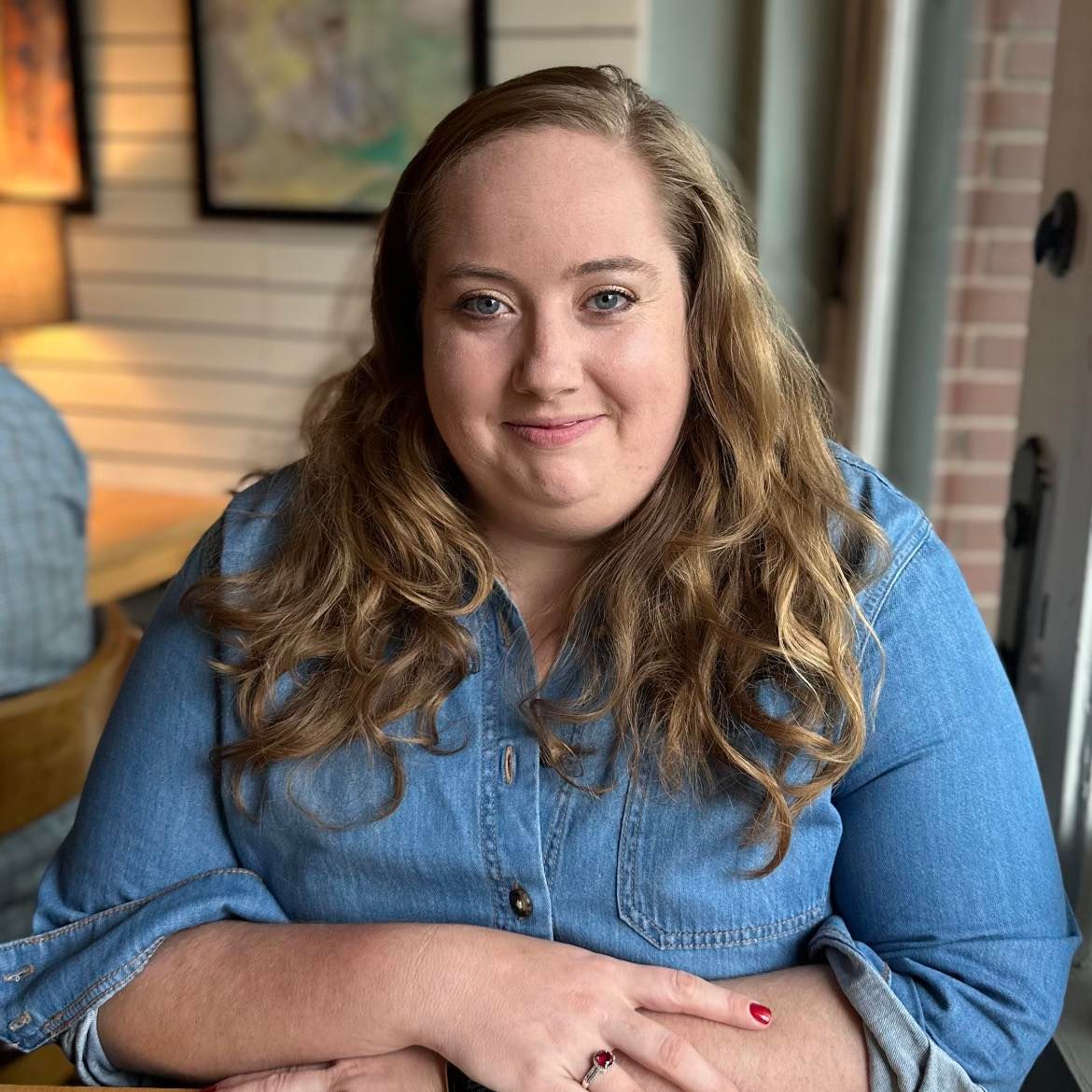When It Lands on You: Sibling Caregiving Realities
SH
When parents age—or pass away—there’s often no formal transition plan for who takes over care.
I’m Samantha Harrison. Behind every Medicaid waiver and disability policy is a family fighting for their loved one’s future. This space is about truth, courage, and clarity—giving you tools, hope, and a steady voice when everything feels like too much.
For many families, it's the sibling who steps in.
- Not because you asked for it.
- Not because you're the best fit.
- But because you were next in line, and no one else stepped up.
Suddenly, you're in charge of medical decisions, housing, benefits, staffing, and day-to-day care. All while juggling your own life, job, and family.
It’s a massive responsibility. And you’re not alone if you feel completely unprepared.

The Emotional Whiplash of Becoming “The One”
Many siblings describe this moment as overwhelming, isolating, or even guilt-inducing.
Some common thoughts I hear:
“I love my brother, but I don’t know how to be his caregiver.”
“I’m terrified I’ll make the wrong decision.”
“I don’t want to live my life with resentment—or regret.”
Even when families are close, this shift can bring up buried emotions, family conflict, or unresolved trauma. It’s a lot.
But there is a way to do this with more clarity and less chaos.
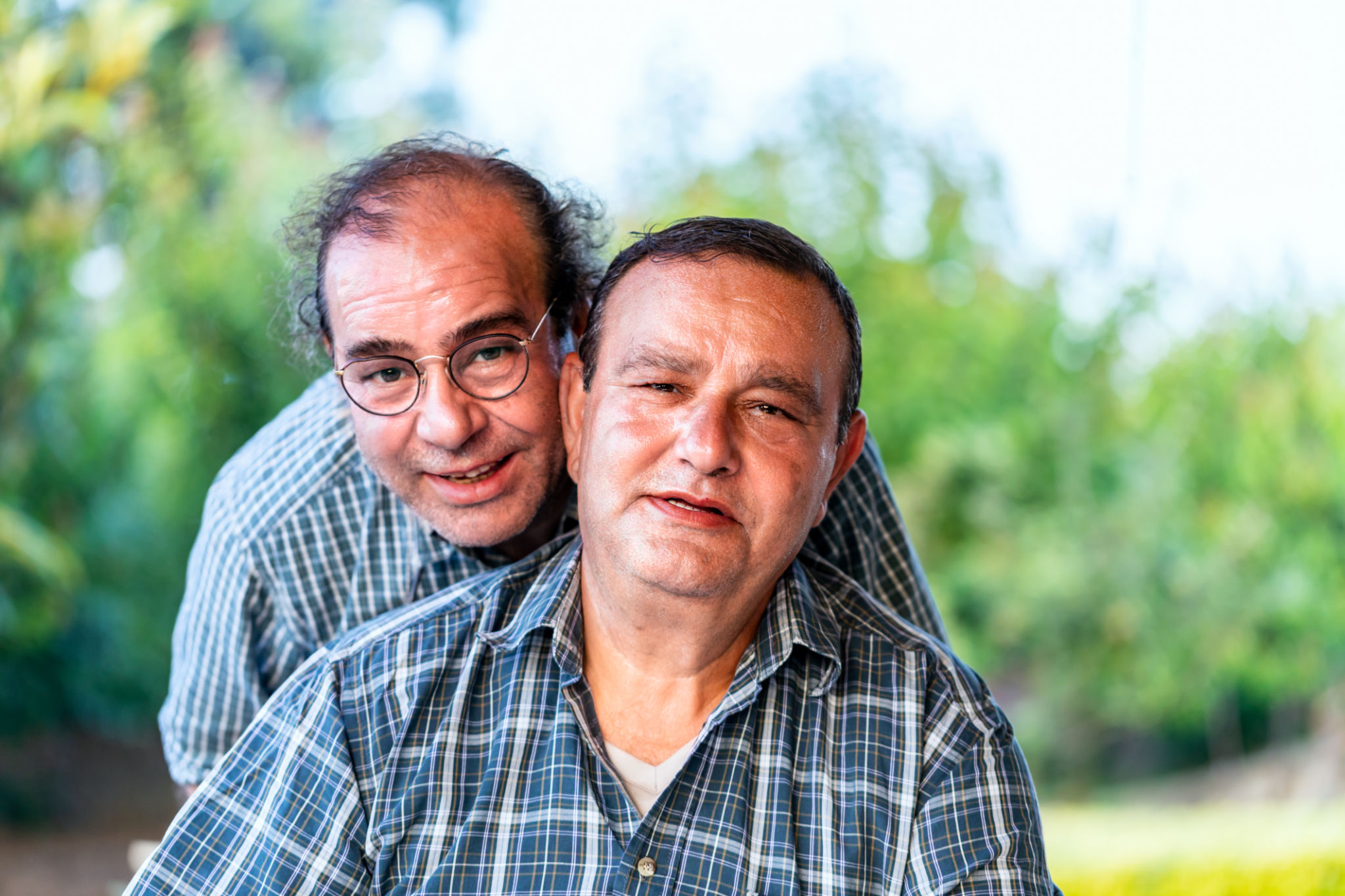
💡 Step One: Get the Lay of the Land
Before you dive in, take a moment to step back and assess:
- Is there a Medicaid waiver or other benefit in place?
- Has anyone documented care routines, medications, or preferences?
- Are there guardianship or legal documents already set up?
- What supports are being paid for—and which ones are provided by family?
If the answer to most of these is “I don’t know” that’s okay.
Most siblings are thrown in without a map. That’s where planning support comes in.
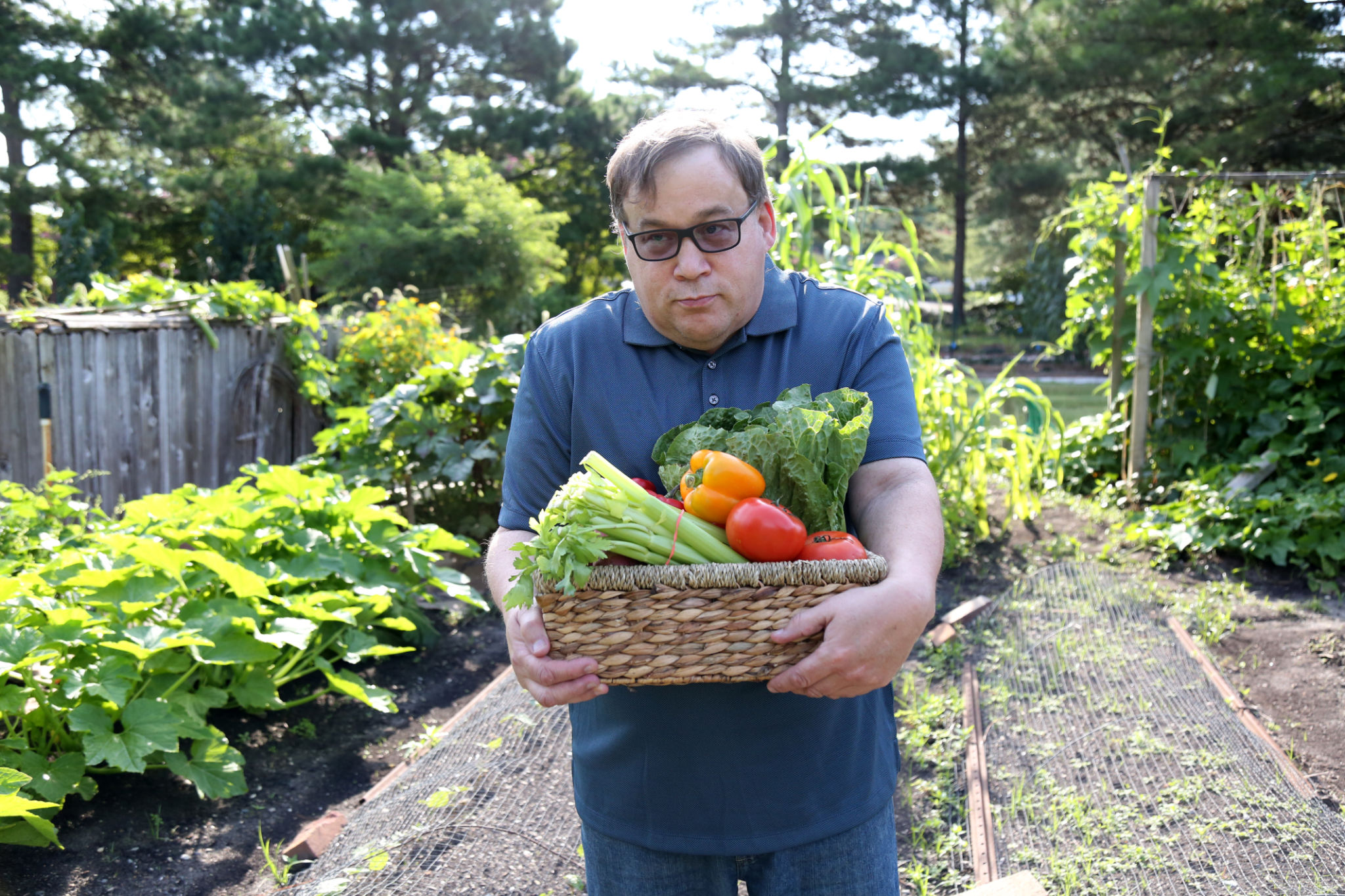
Step Two: Build a Support Team
You shouldn’t have to do this alone.
Your first move isn’t to “fix everything.” It’s to build a circle of support. That might include:
- A disability consultant who can walk you through what’s available
- A case manager who knows the waiver system
- Other family members or trusted people who can help share the load
- A legal or financial advisor if guardianship or trust questions come up
The goal isn’t to become the expert—it’s to build a structure that doesn’t rely entirely on you.
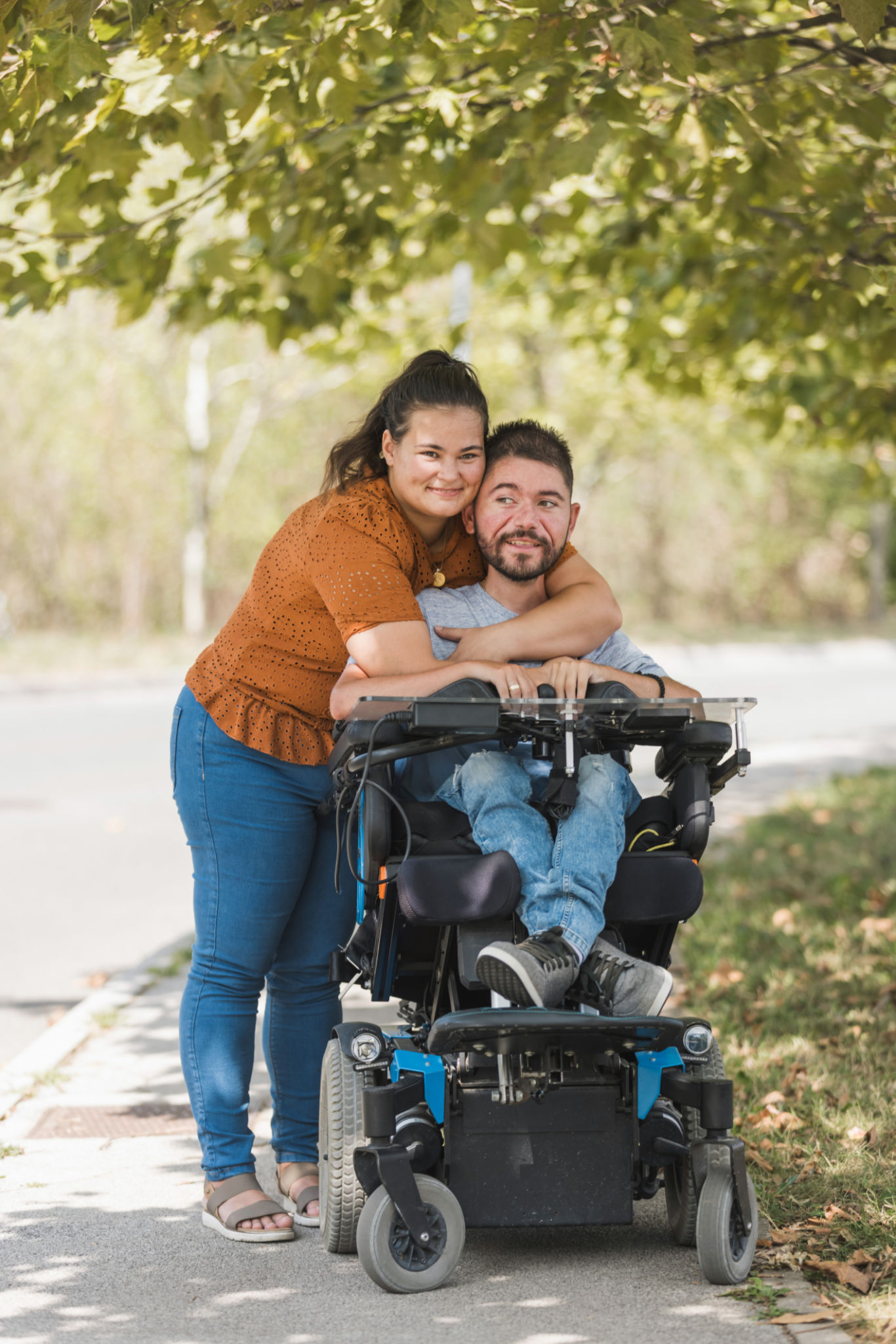
Step Three: Create a Realistic Game Plan
You don’t need a perfect plan. But you do need a next step.
Maybe that’s starting the Medicaid application.
Maybe it’s documenting care routines and contact info.
Maybe it’s just figuring out what supports are already in place.
Every family is different.

✅ Start Here — Get the Support You Deserve
If you’ve just found yourself in the role of “default caregiver,” you’re not failing.
You’re adapting to something big—and you deserve real support.
I work with siblings who want to do this well, without losing themselves in the process.
📅 I have openings this month for 1:1 strategy sessions focused on sibling caregiving transitions.
👉 Click here to schedule yours
You don’t have to figure it all out today. You just have to start.
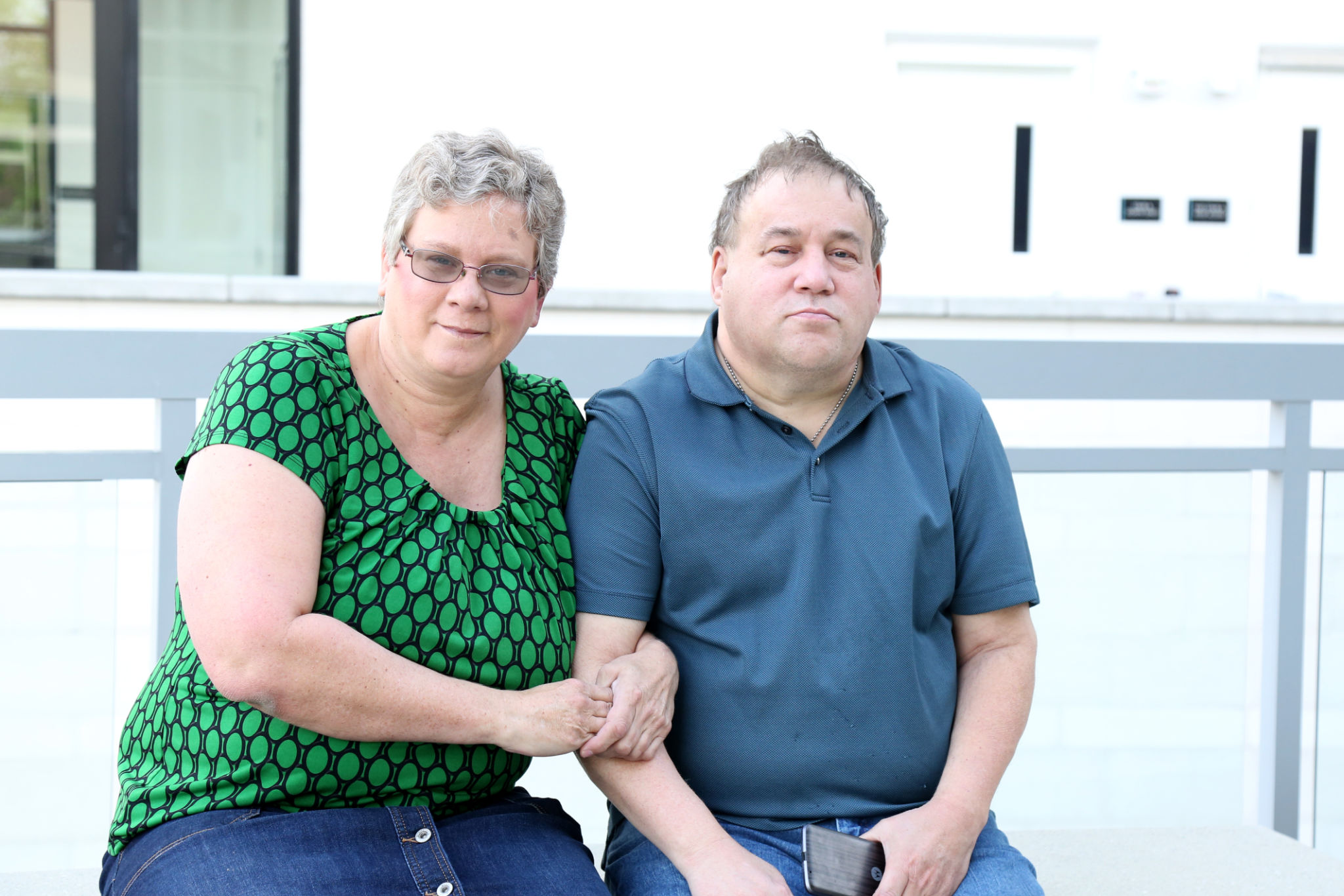
Meet Samantha
Samantha Harrison is a disability consultant with over 13 years of experience helping Kentucky families navigate Medicaid waivers, hire caregivers through Participant-Directed Services (PDS), and build care steams that actually work.
She’s on a mission to help families who are being left to manage complex systems alone—facing long waitlists, confusing rules, and impossible decisions without enough support. And with new Medicaid cuts looming, the stakes have never been higher.
Samantha offers hands-on, personalized support to help families get clear answers, take action, and create sustainable solutions—without getting lost in the red tape. If you’re ready for real help, you’re in the right place.
